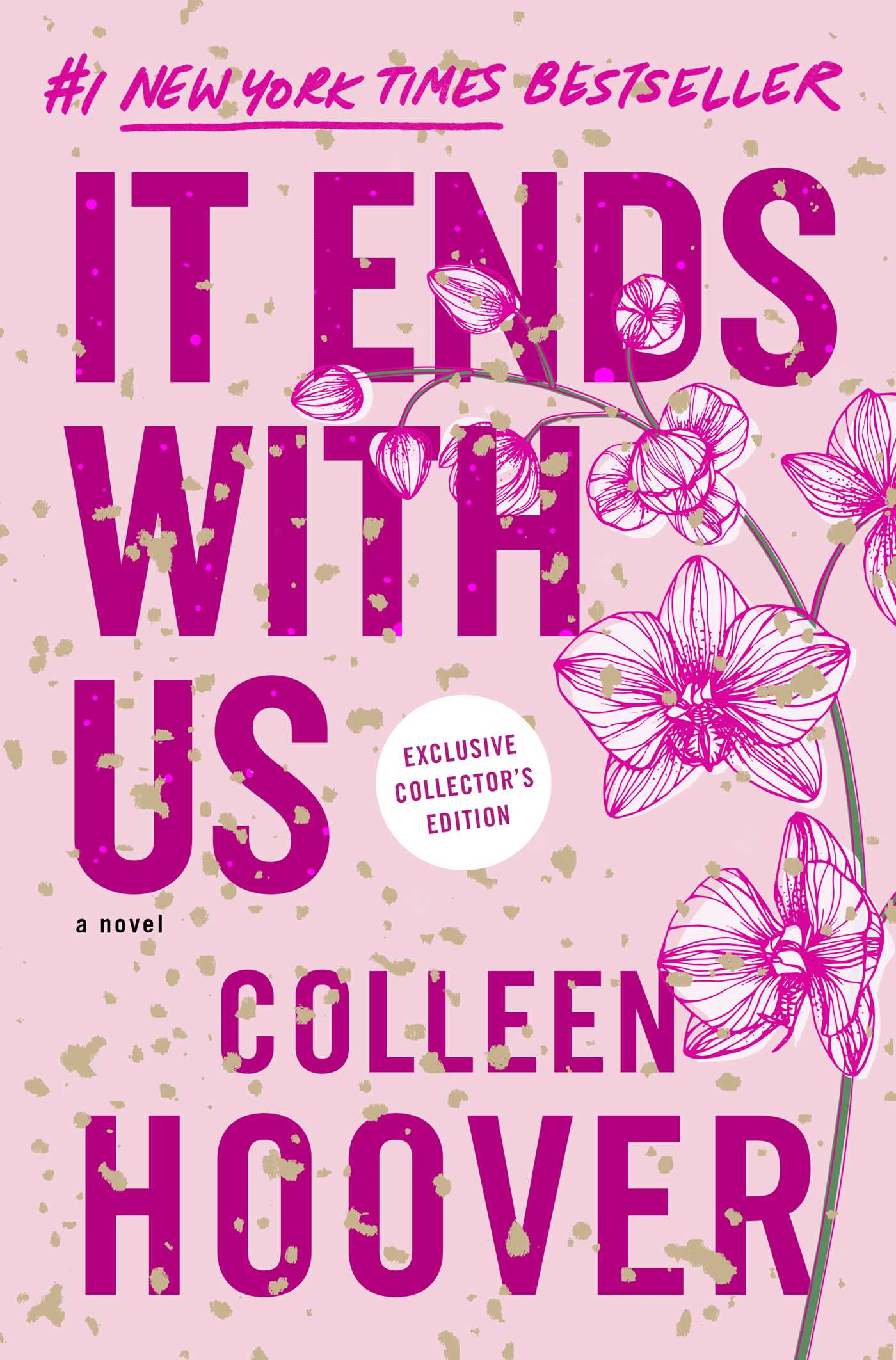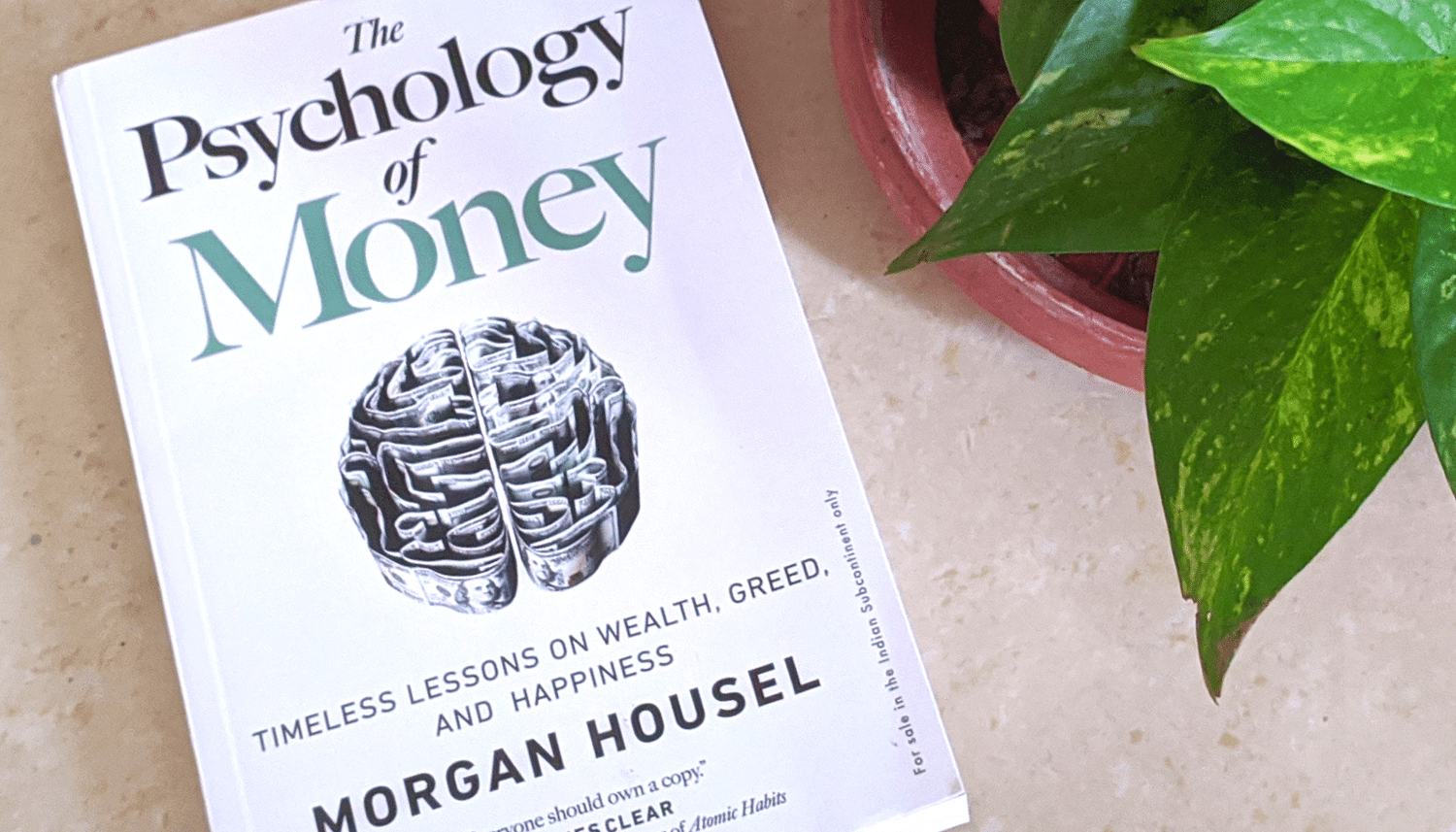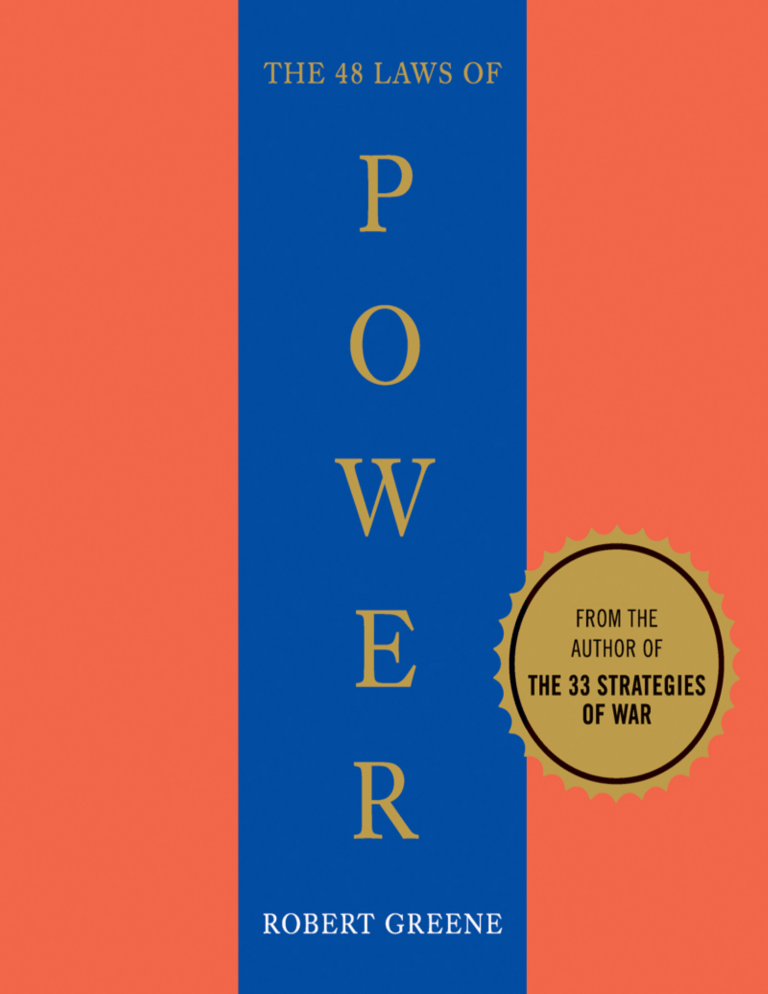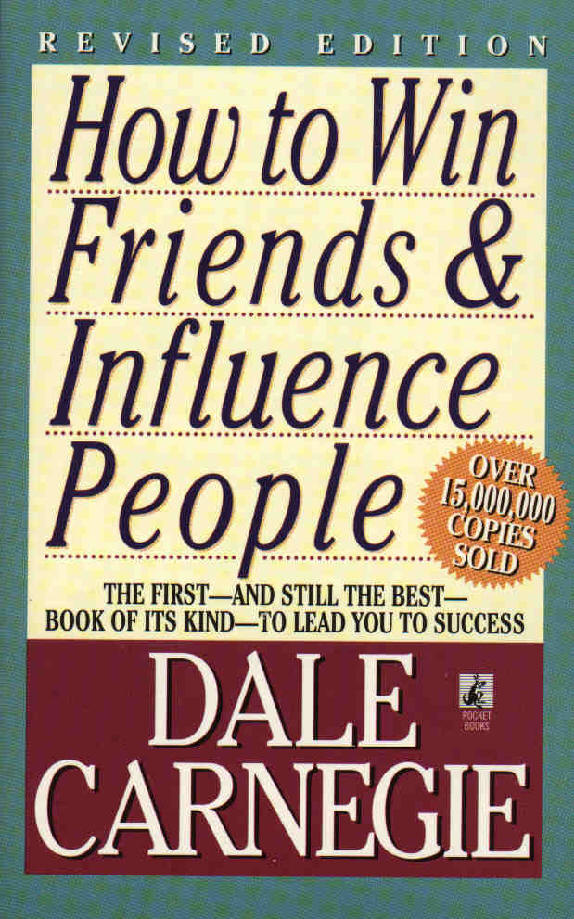Table of Contents
In It Ends With Us book summary, we delve into Colleen Hoover’s “It Ends With Us”, a bestselling book that is more than just a love story. It Ends With Us is a poignant exploration of complex themes that resonate deeply with modern readers.
Through Lily Bloom’s journey, the narrative unveils the harrowing realities of domestic abuse, the intricacies of forgiveness, and the empowering nature of self-discovery.
Plot Summary
Lily Bloom, a young woman who recently moved to Boston, meets Ryle Kincaid, a neurosurgeon, on a rooftop. Ryle is initially adamant about not wanting a relationship, but their connection quickly intensifies.
Lily’s past, particularly her childhood experiences with her parents’ abusive relationship, haunts her. She finds solace in reading through her old journals, which she addressed to Ellen DeGeneres. These entries chronicle her first love, Atlas Corrigan, a homeless teenager she took care of.
As Lily and Ryle’s relationship progresses, Lily’s floral shop opens, and she finds success. However, Ryle exhibits possessive and controlling behaviors, culminating in a violent outburst fueled by jealousy after encountering Atlas at a restaurant.
The book details Ryle’s remorse and explanation for his actions, revealing a traumatic incident from his childhood in which his brother died. This sheds light on Ryle’s internal struggles, but does not excuse his abusive actions.
Lily grapples with the emotional aftermath of Ryle’s abuse, seeking refuge at Atlas’s apartment while trying to process the trauma. She eventually reveals the truth to Allysa, Ryle’s sister and her best friend.
Lily discovers she’s pregnant, adding another layer of complexity to her situation. Despite Ryle’s pleas for forgiveness, Lily prioritizes the safety and well-being of herself and her unborn child.
The story unfolds with Lily navigating the challenges of pregnancy and single parenthood, finding support in her friendships. It culminates in a powerful moment of closure as she reveals to Atlas her daughter’s middle name: Dory, a subtle yet significant nod to their shared past and the resilience they both embody.
The book concludes with a note from the author, Colleen Hoover, revealing that the story was inspired by her own parents’ relationship. This personal connection adds a deeper layer of meaning to the novel and underscores the importance of understanding and addressing domestic violence.
Central Themes: Unveiling Life’s Complexities
Cycles of Abuse
The novel poignantly portrays the cyclical nature of abuse, drawing parallels between Lily’s childhood experiences with her abusive father and her tumultuous relationship with Ryle. This theme is introduced early on, as Lily reflects on her past: “As his daughter, I loved him. But as a human, I hated him”.
This sentiment foreshadows the complex feelings she develops for Ryle, grappling with love for him while despising his actions.
The cycle is further emphasized through Lily’s internal struggles to justify Ryle’s behavior. This mirrors her mother’s enduring the abuse for years, hoping for change that never comes. This cycle reflects a harsh reality prevalent in modern society, where victims often rationalize their abusers’ actions, perpetuating the cycle.
The Complexities of Love and Forgiveness
The narrative masterfully explores the multifaceted nature of love and forgiveness. Lily’s relationship with Ryle showcases the passionate, intoxicating side of love, while her connection with Atlas represents a gentler, more selfless form.
The story doesn’t offer easy answers regarding forgiveness, prompting readers to contemplate whether genuine remorse can redeem past transgressions. This complexity is particularly evident when Ryle reveals his traumatic childhood experience of accidentally shooting his brother. While this sheds light on the root of his anger issues, it doesn’t erase the pain he inflicts on Lily.
Self-Discovery and Empowerment
Lily’s journey is a testament to the empowering nature of self-discovery. Initially, she appears somewhat naive, echoing her mother’s pattern of enduring abuse. However, pivotal moments like Allysa’s ultimatum and her own evolving maternal instincts fuel her transformation. She realizes the detrimental impact of the cycle on her daughter, ultimately choosing self-preservation and breaking free.
This journey of self-discovery is crucial in the context of modern social issues, emphasizing the importance of recognizing self-worth and seeking support to escape abusive situations.
Character Growth and Lessons: Transformations Amidst Trials
Lily Bloom
Lily is a complex character whose growth is intricately intertwined with the central themes. She evolves from a young woman influenced by her past to a mother fiercely determined to protect her child. Initially, she exhibits traits of naivety and forgiveness, much like her mother. However, witnessing Ryle’s escalating violence awakens a sense of self-preservation within her.
Her internal conflict peaks when she finds herself pregnant, amplifying her fears and forcing her to confront the potential consequences for her child. The moment she chooses to leave Ryle marks a pivotal turning point, demonstrating her newfound strength and commitment to breaking the cycle.
Ryle Kincaid
Ryle is a character riddled with internal conflict. He’s portrayed as a successful, charismatic neurosurgeon, yet harbors a dark side fueled by unresolved trauma. His violent outbursts, often triggered by jealousy and possessiveness, highlight the destructive nature of unchecked anger. His vulnerability emerges when he reveals the childhood incident involving his brother’s death, offering a glimpse into the root of his anger issues.
However, the narrative doesn’t excuse his actions, making it clear that past trauma doesn’t justify present abuse. Ryle’s journey ultimately underscores the importance of seeking help and confronting inner demons to break free from destructive patterns.
Atlas Corrigan
Atlas serves as a stark contrast to Ryle, embodying selfless love and unwavering support. He enters Lily’s life during her vulnerable teenage years, offering solace and understanding. Despite facing his own hardships, he remains a constant source of encouragement, believing in Lily’s potential and challenging her to see her worth.
His reappearance in Lily’s adult life serves as a catalyst for her to question her choices and recognize the unhealthy dynamics of her relationship with Ryle.
Allysa Kincaid
Allysa, Ryle’s sister and Lily’s best friend, plays a crucial role in Lily’s empowerment. Despite her loyalty to her brother, she refuses to condone his actions, ultimately issuing a powerful ultimatum that pushes Lily towards self-preservation. Her unwavering support emphasizes the importance of having a strong support system when navigating difficult situations.

Symbolism and Motifs: Adding Depth and Meaning
Flowers: Flowers serve as a recurring motif, symbolizing Lily’s resilience and growth amidst adversity. Her affinity for unconventional, darker blooms reflects her strength and unique perspective. Her floral shop, Lily Bloom’s, embodies her independence and the beauty she creates, representing a haven from the storms in her life.
The Open Heart: The wooden heart gifted by Atlas holds symbolic significance. It represents the lasting impact of their connection, the vulnerability of love, and the unspoken emotions they share. The open design signifies the incompleteness they both feel, hinting at a potential for future connection.
The Naked Truth Game: This recurring motif highlights the significance of honesty and vulnerability in relationships. It’s through these “naked truths” that Lily and Ryle initially bond, revealing their authentic selves. However, the game also exposes the cracks in their relationship, bringing to light Ryle’s possessive nature and Lily’s internal conflicts.
Ellen DeGeneres and the Diaries: Lily’s childhood diaries, addressed to Ellen DeGeneres, symbolize her search for understanding and a safe space to express her emotions. Ellen, a symbol of kindness and empathy, represents the positive role model Lily sought amidst the chaos of her childhood. The diaries serve as a window into Lily’s past, offering insights into her formative years and the experiences that shaped her worldview.
Emotional Impact and Reader Reflection: Moments of Truth
Several scenes in the novel are crafted to evoke strong emotional responses and prompt reader reflection:
The Shattered Wine Glass (Chapter 7): Ryle’s action of shattering the wine glass foreshadows his explosive temper and the potential for violence that lurks beneath his charming facade. This scene creates a sense of unease, hinting at the danger that Lily might face.
The Eulogy (Chapter 10): Lily’s unconventional eulogy for her father showcases her complex feelings towards him. It’s a moment of defiance and honesty, exposing the flawed nature of their relationship and highlighting Lily’s emerging strength in confronting difficult truths.
Confronting Ryle with His Actions (Chapter 25): The scene where Lily confronts Ryle about his abusive behavior is emotionally charged, forcing readers to confront the raw pain inflicted by domestic violence. The internal conflict Lily experiences between her love for Ryle and the recognition of his harmful actions underscores the complexities victims often face.
The Aftermath of the Attack (Chapter 26): Lily’s time at Atlas’s house after the attack is filled with emotional tension, showcasing her vulnerability and the deep-seated trauma she’s enduring. It also highlights Atlas’s unwavering support and the comfort he provides, prompting readers to consider the different forms love can take.
The Birth Scene and Ryle’s Breakdown (Chapter 35): The culmination of the story, where Lily gives birth and Ryle breaks down, is both heartbreaking and hopeful. It’s a powerful depiction of the life-altering consequences of abuse and the difficult choices victims face to protect themselves and their children.
These emotionally charged scenes prompt readers to contemplate the cyclical nature of abuse, the complexities of love and forgiveness, and the importance of breaking free from destructive patterns.
Cultural Context: Reflecting Modern Society
While “It Ends With Us” doesn’t focus on a specific historical period, it delves into contemporary social issues that add depth and relevance to the narrative. The novel sheds light on:
- Normalization of Domestic Violence: The story highlights the societal tendency to normalize domestic violence, particularly through the reactions of secondary characters and the blame often placed on victims. Lily’s experience mirrors real-life situations where victims face judgment and disbelief, emphasizing the need for greater awareness and support systems.
- Struggles of Homelessness: Atlas’s backstory as a homeless teenager sheds light on the challenges faced by individuals experiencing homelessness. His story emphasizes the importance of empathy and understanding, challenging societal prejudices associated with homelessness.
- Personal Context and Author’s Note: The author’s note adds a poignant layer to the narrative, revealing that the story is heavily inspired by her own family history. This personal connection underscores the authenticity of the emotions portrayed and emphasizes the universality of the themes explored.
Conclusion
“It Ends With Us” is a powerful and emotionally resonant novel that delves into the complexities of human relationships and the devastating impact of domestic violence.
Through its multifaceted characters, symbolic imagery, and thought-provoking themes, the story encourages introspection and sparks conversations about important social issues.
It’s a reminder that breaking free from destructive cycles is possible and that choosing self-love and empowerment can lead to a brighter future.
Who should read “It Ends With Us”
Individuals Experiencing or Seeking to Understand Domestic Abuse
- The novel offers an intimate perspective on the complexities of domestic abuse, avoiding simplistic explanations and portraying the emotional turmoil experienced by those involved.
- Lily, the protagonist, grapples with conflicting emotions of love, fear, and self-blame, mirroring the experiences of many individuals in abusive relationships.
- The story highlights the cyclical nature of abuse and the challenges of breaking free from familiar patterns.
- The book provides resources for victims of domestic violence, emphasizing the gravity of the issue and the need for support.
Readers Interested in Realistic and Emotionally Engaging Fiction
- The novel presents a love story interwoven with the harsh realities of domestic violence, creating a compelling and thought-provoking narrative.
- The characters are flawed and relatable, prompting empathy and introspection from the reader.
- The writing style is engaging and emotionally resonant, drawing readers into the characters’ experiences.
- The story tackles difficult themes with sensitivity and honesty, fostering a deeper understanding of complex human relationships.
Individuals Seeking Inspiration and Empowerment
- Lily’s journey of self-discovery and her ultimate decision to prioritize her daughter’s well-being offer a message of hope and resilience.
- The story emphasizes the importance of breaking harmful cycles and prioritizing one’s safety and happiness.
- The author’s note provides a personal touch, highlighting the inspiration drawn from real-life experiences and the importance of learning from past mistakes.
Individuals Looking for a Compelling Page-Turner
- The novel’s pacing keeps readers engaged, with unexpected twists and turns that create suspense and heighten emotional investment.
- The story’s exploration of romantic relationships, complex family dynamics, and challenging life choices provides a multi-layered narrative that appeals to a wide audience.
- The author’s writing style is known for its ability to captivate readers and evoke strong emotional responses.
- The novel’s popularity and critical acclaim attest to its ability to engage and entertain a wide readership.
Read our other Fiction book summaries here
Enjoyed It Ends With Us book summary? Buy it here on Amazon








Leave a Reply